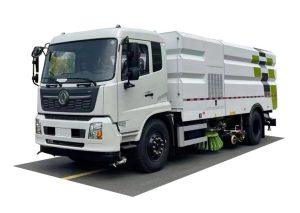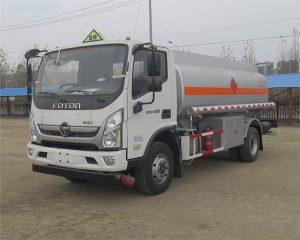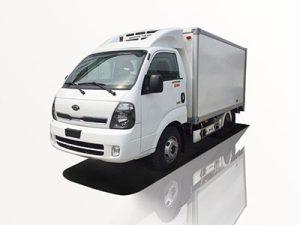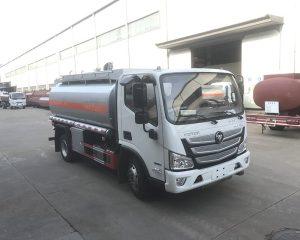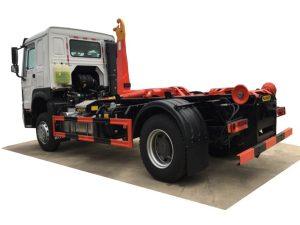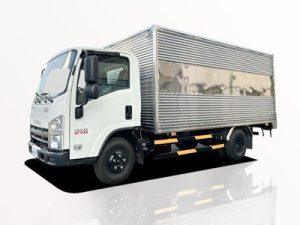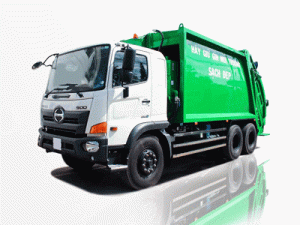Monday to Saturday - 8:00 -17:30
Understanding Fire Engine Dimensions: A Comprehensive Guide
Introduction
Fire engines are critical vehicles designed to respond to emergencies, especially fires. Their design and dimensions vary significantly depending on their purpose, and understanding these dimensions is essential for fire authorities, municipalities, and even the general public. In this article, we will explore the various dimensions of fire engines, their classifications, factors affecting their size, and practical examples that illustrate their importance. Whether you are a firefighter, a fire chief, or someone curious about fire engines, this guide will provide you with valuable insights.
The Basics of Fire Engine Dimensions
What Are Fire Engine Dimensions?
Fire engine dimensions refer to the physical measurements of the fire vehicle, including its length, width, height, and weight. These measurements are crucial for understanding how a fire engine can operate within urban environments, navigate narrow streets, and fit into fire stations.
Standard Fire Engine Dimensions
While fire engines vary in size based on their type and manufacturer, there are standard dimensions that most adhere to:
| Dimension Type | Typical Range |
|---|---|
| Length | 25 to 40 feet |
| Width | 8 to 10 feet |
| Height | 9 to 12 feet |
| Weight | 15,000 to 45,000 pounds |
Types of Fire Engines and Their Dimensions
Pumper Trucks
Pumper trucks are the most common type of fire engine, designed to pump water to the fire scene and deliver it through hoses. Their dimensions typically include:
- Length: 25 to 30 feet
- Width: 8 to 9 feet
- Height: 9 to 10 feet
- Weight: 25,000 to 35,000 pounds
Aerial Trucks
Aerial trucks are equipped with extendable ladders or platforms for reaching high places. Their dimensions include:
- Length: 30 to 40 feet
- Width: 8 to 10 feet
- Height: 11 to 13 feet
- Weight: 35,000 to 50,000 pounds
Tankers
Tankers transport large amounts of water to fire scenes, especially in rural areas. Their dimensions typically are:
- Length: 30 to 35 feet
- Width: 8 to 10 feet
- Height: 9 to 11 feet
- Weight: 25,000 to 40,000 pounds
Brush Trucks
Brush trucks are designed for fighting wildfires and operate in rugged terrain. Their dimensions are usually compact:
- Length: 20 to 25 feet
- Width: 7 to 8 feet
- Height: 8 to 9 feet
- Weight: 15,000 to 20,000 pounds
Factors Influencing Fire Engine Dimensions
Design Considerations
The design of fire engines depends on various factors, including:
- Functionality: Different fire situations require specific features.
- Equipment: More equipment typically means larger dimensions.
- Aerodynamics: Designers consider aerodynamics for better handling.
Local Regulations
Municipal codes and regulations often dictate the maximum dimensions for fire engines to ensure they can navigate local streets safely.
Response Time and Maneuverability
Fire departments often prioritize quick response times, which means that they need their vehicles to be compact enough to navigate tight spaces while still carrying necessary equipment.
Technological Advances
Modern fire engines are increasingly incorporating technology, affecting both size and functionality. For example, computerized systems can optimize the space used within the vehicle.
Understanding Fire Station Constraints
Fire Station Design
Fire stations must accommodate fire engine dimensions for housing and maintenance. A typical fire station bay must meet minimum dimensions to fit fire engines and allow easy access for firefighters.
Overhead and Doorway Heights
Fire engine heights are crucial when considering fire station designs. The average doorway height for engine bays should be greater than the tallest fire engine height, typically at least 14 feet.
Real-World Examples of Fire Engine Dimensions
Example 1: Typical City Pumper
A standard pumper truck used in cities might measure:
- Length: 28 feet
- Width: 8.5 feet
- Height: 10 feet
- Weight: 30,000 pounds
Example 2: Rural Tanker
A typical tanker truck used in rural areas could measure:
- Length: 32 feet
- Width: 8 feet
- Height: 10 feet
- Weight: 35,000 pounds
Practical Tips for Choosing Fire Engine Dimensions
Assessing Local Needs
Understand the specific needs of your locality. Urban areas might require smaller engines due to narrow streets, while rural areas might need larger tankers for water transport.
Regular Evaluation and Upgrades
Evaluate fire truck dimensions regularly to ensure they meet modern standards and technologies for efficiency and safety.
Engaging with Firefighters
Talk to firefighters and personnel who operate these vehicles. Their input can provide practical insights into what dimensions work best for real-world situations.
Future Trends in Fire Engine Design
Increased Use of Electric Fire Engines
With the rise in electric vehicles, future fire engines may adopt different dimensions to accommodate battery systems while still being efficient in size.
Smart Technology Integration
Fire engines of the future may include advanced technologies that affect their dimensions, such as drones or monitoring systems that require additional space.
Hybrid Designs
Innovations may lead to hybrid fire engines that combine multiple features for versatility, potentially influencing their dimensions.
Frequently Asked Questions (FAQs)
1. What is the average length of a fire engine?
The average length of a fire engine typically ranges from 25 to 40 feet, depending on the type of engine.
2. How much does a fire engine weigh?
A fire engine’s weight varies significantly but generally falls between 15,000 to 45,000 pounds.
3. Why are fire engine dimensions important?
Fire engine dimensions are crucial for navigating urban environments, ensuring response effectiveness, and meeting local regulations.
4. How can local governments determine appropriate fire engine sizes?
Local governments should assess their specific needs, including response times and infrastructure limitations, to choose the right fire engine sizes.
5. How does technology affect fire engine design?
Technology influences fire engine design by allowing for better space optimization, new equipment integration, and greater efficiency.
6. Are there newer trends in fire engine construction?
Yes, newer trends include the use of electric and hybrid engines, smart technologies, and designs focused on lightweight materials without compromising safety and functionality.


